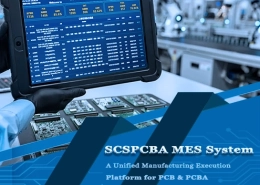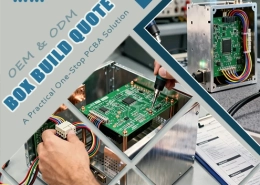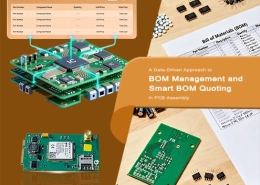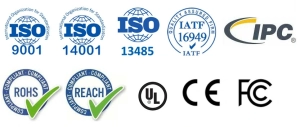Core Competence to Ensure Electronic Assembly Quality
In modern electronic manufacturing, the reliability and consistency of printed circuit assembly directly determine the performance and market reputation of the whole machine. With the continuous upgrading of international quality standards, more and more PCBA manufacturers have adopted authoritative ISO certification systems to standardize production management, raw material procurement and process control to ensure that PCB board production meets the strict requirements of global customers.
Circuit board assembly is a system engineering that covers multiple links, such as component welding, testing, functional verification, and post-aging. Whether it is fully automated placement or inspection requiring manual cooperation, it is like a precision machine that operates efficiently and must be closely coordinated in all links. However, what is often overlooked but equally critical is PCB manufacturers’ quality management system certification, which provides a stable framework and traceability guarantee for the entire production process and is an important basis for customer trust.
1. Importance of ISO certification
Obtaining quality management certifications such as ISO 9001 or ISO 13485 means that the factory meets the internationally accepted quality management system and has traceability, verifiability, and sustainable improvement management capabilities. For printed circuit board manufacturers, such certifications give customers more peace of mind in high-reliability industries such as medical, automotive, and aerospace because they ensure that every node in the entire production process meets strict specifications.
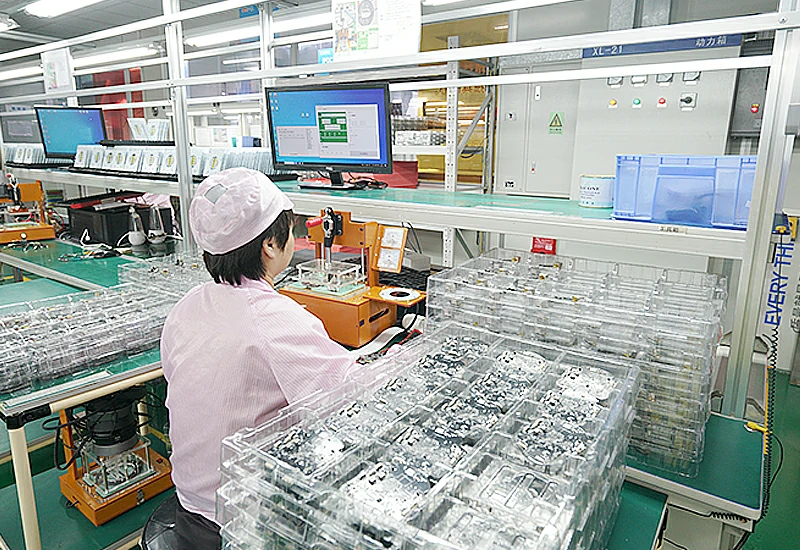
2. Printed circuit manufacturing inspection technology
Under the requirements of the ISO system, the printed circuit board production process needs to use a variety of inspection technologies to prevent defects. The main technologies include:
AOI (Automatic Optical Inspection)
High-resolution cameras capture defects such as solder joints, component offsets, missing parts, etc., automatically compare design drawings, and avoid manual misjudgment.
SPI (Solder Paste Printing Inspection)
Monitor the thickness and distribution of solder paste on the pad to prevent printing offset from causing cold solder joints or short circuits.
X-Ray (X-ray Inspection)
Perform non-destructive perspective inspection of hidden solder joints such as BGA and QFN to identify voids or poor soldering.
ICT (In-circuit Test)
Detect circuit open circuits, short circuits, resistance/capacitance errors, etc. before PCBA is powered on, and quickly find fault points.
Functional Test (FCT)
Simulate the actual working state, verify the function of the entire board, and ensure mass production consistency.
These functional inspection methods work together to form a complete quality firewall to minimize the outflow of defective products.
3. Equipment and production environment
ISO certification also requires that the production workshop meet high standards in equipment and management.
For example:
- Anti-static floor and work clothes
- Constant temperature and humidity environment
- Regularly calibrated printing, patch, and reflow equipment
- Wrong material prevention system and material traceability system
- MES management system data record
These facilities ensure that PCB patch, plug-in, welding and testing processes can maintain stable and consistent quality, and can trace the abnormalities in each link.
4. The role of the operator
Under the ISO system, operators of electronics manufacturers must pass job certification, including:
- IPC standard welding training
- Equipment operation training
- Quality inspection training
And require regular retraining and assessment to ensure that the skill level continues to meet the requirements. ISO emphasizes the sustainable improvement of “people”, so continuously cultivating employee capabilities is part of the certification.
5. Traceability and continuous improvement
Another highlight of the ISO certification system is traceability. Each batch of PCBA products, from raw materials, production batches to quality inspection reports, will be recorded in the MES or ERP system for later traceability and data analysis. If a return or recall occurs, the affected batch can also be quickly locked, greatly reducing customer risks.
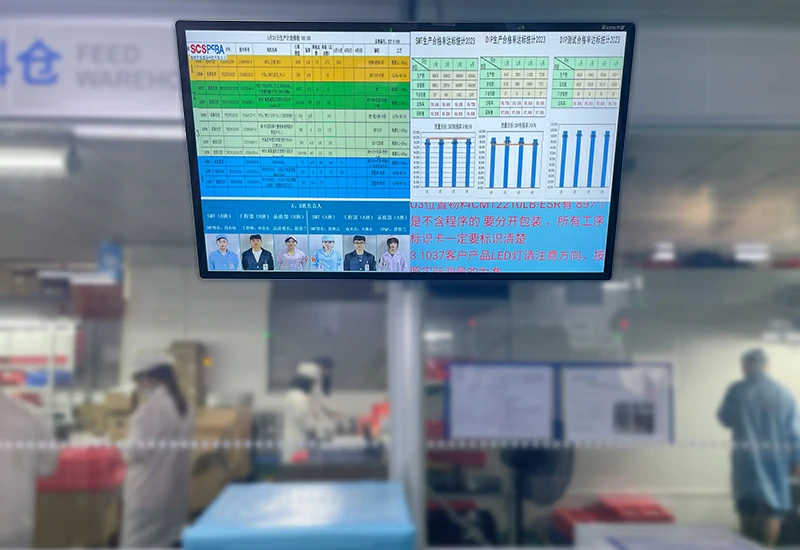
6. Combination of OEM/ODM business and ISO
ISO certification has laid a good foundation for circuit board manufacturers to expand their OEM/ODM business. For many international brands, choosing an ISO-certified foundry meets compliance requirements and also reduces cooperation risks.
As a PCBA manufacturer with both ISO9001 and ISO13485 certifications, SCCPCBA printed circuit board manufacturers have one-stop delivery capabilities from design, proofing, small batch trial production, and mass production and can quickly provide customers with high-end customized solutions in medical, automotive, and industrial control.
7. Obtaining ISO Certification
In today’s fiercely competitive global electronics industry, ISO-certified PCBAs have become an important symbol of measuring a company’s manufacturing capabilities. We can only provide customers with high-reliability and high-consistency circuit board assembly services by combining systematic testing technology, advanced equipment, highly qualified operators, and rigorous production processes. Through continuous improvement and investment, the ISO system helps PCBA manufacturers build a solid bridge between quality and trust.

